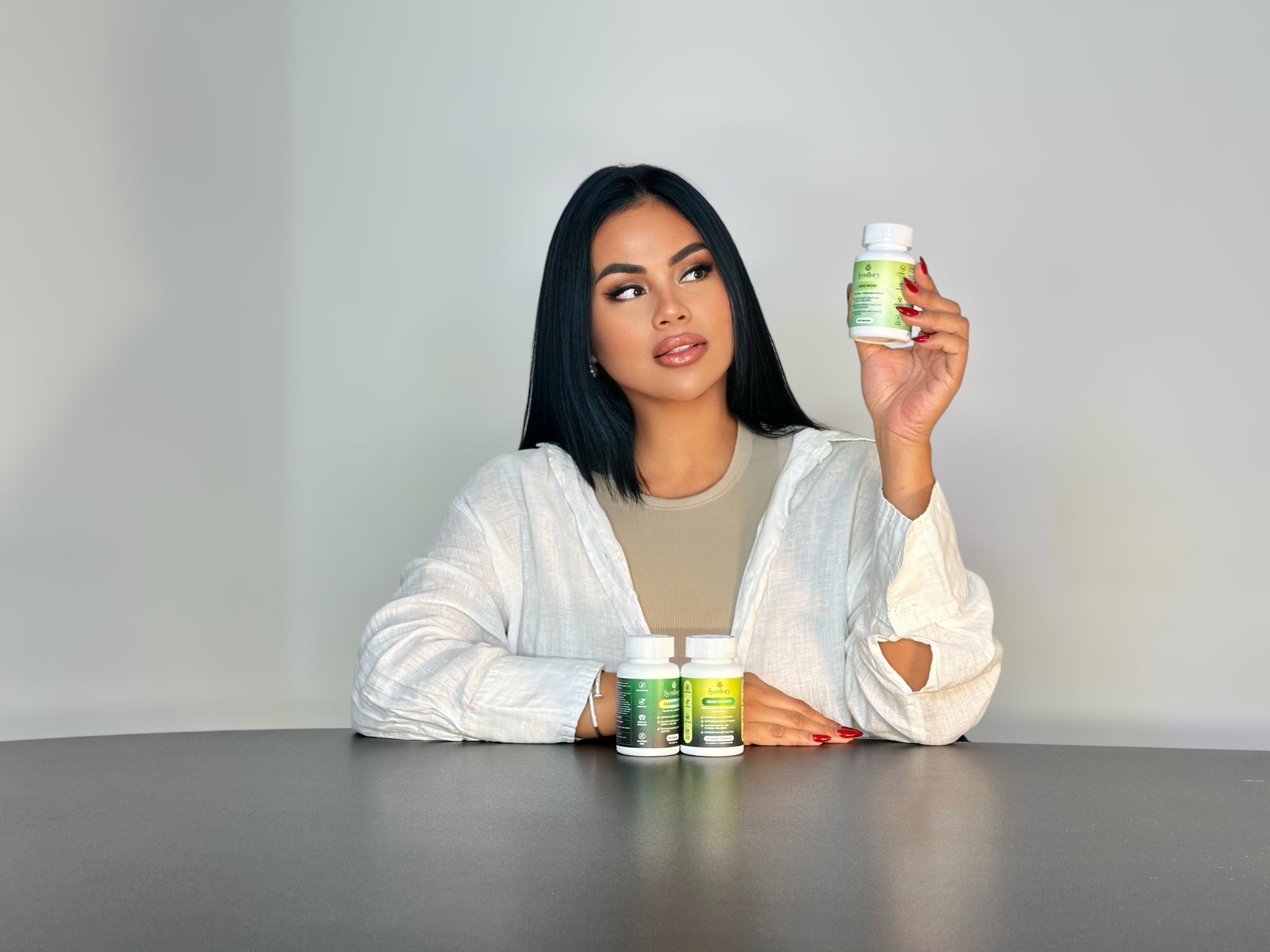While probiotics introduce good bacteria into your gut, prebiotics serve as food for those bacteria. Prebiotic fiber is essential for microbial diversity, short-chain fatty acid (SCFA) production, and reducing inflammation.
Today, focus on adding high-fiber foods that are especially good sources of prebiotics. Bananas, oats, asparagus, garlic, onions, and leeks are excellent choices. Nuts, seeds, and legumes are also beneficial for fiber intake and gut health.
Supporting the microbiome with both probiotics and prebiotics is crucial for restoring balance in the gut-brain axis, leading to better mood regulation, mental clarity, and digestive comfort.





